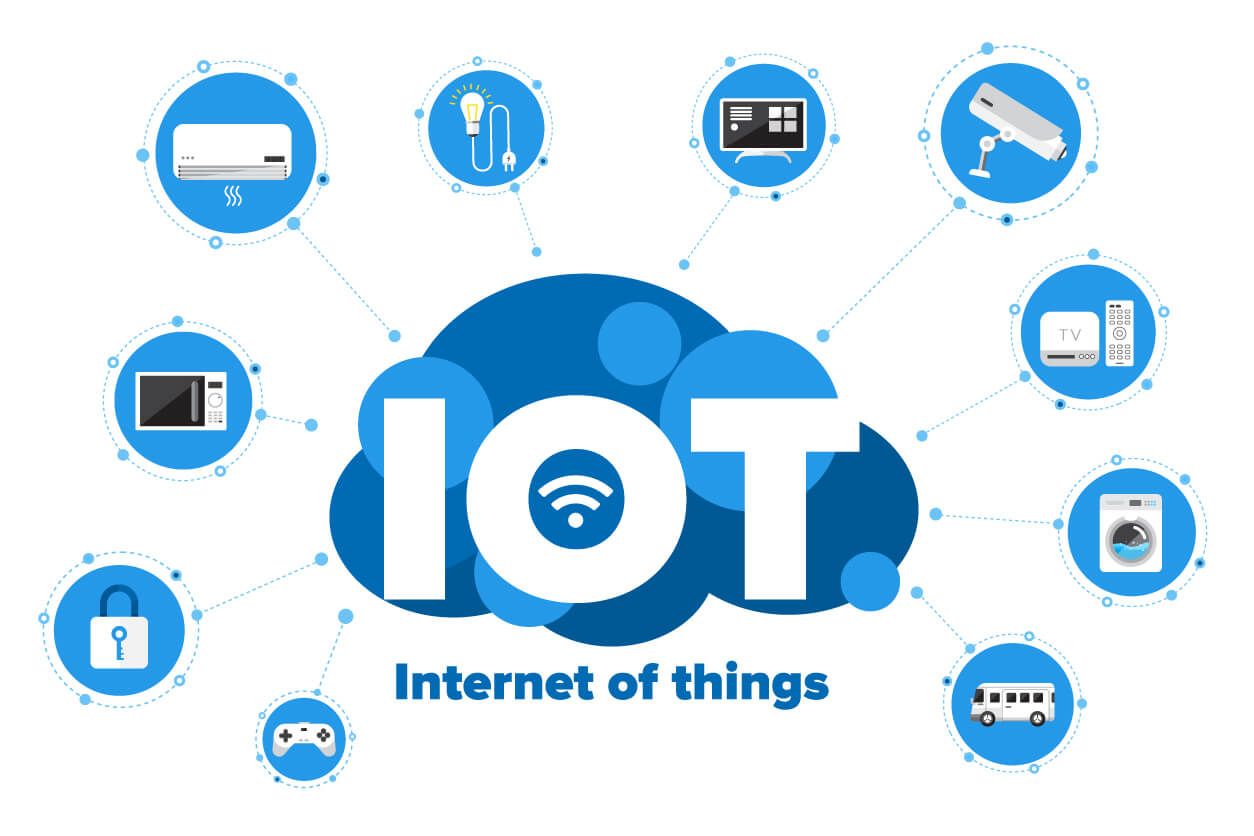
The Internet of Things (IoT) Architectures is a comprehensive program designed to provide learners with an in-depth understanding of IoT systems, focusing on the design, integration, and management of IoT architectures. This course delves into the foundational layers of IoT—including perception, network, data processing, and application layers—offering a structured approach to developing scalable and secure IoT solutions.
Module 1: Introduction to IoT and Architectural Foundations What is IoT? IoT ecosystem and components IoT reference architectures (IoT-A, RAMI 4.0, oneM2M) Key industry use cases.
Module 2: Sensors, Actuators, and Hardware Platforms Types of sensors and actuators Arduino and Raspberry Pi fundamentals Microcontroller interfacing and GPIO programming Analog vs. digital data acquisition.
Module 3: Communication Protocols and Networking in IoT OSI model in IoT context IoT communication protocols: MQTT, Copal, HTTP, AMQP Short-range (ZigBee, BLE) and long-range (Lora WAN, NB-IoT) protocols IP addressing, routing, and topology in IoT networks.
Module 4: IoT Data Management and Cloud Integration Data flow in IoT architectures Edge computing vs. cloud computing Cloud platforms: AWS IoT, Azure IoT, Google Cloud IoT IoT data storage and visualization using Thing Speak and Firebase.
Module 5: IoT Security and Privacy Common vulnerabilities in IoT systems Encryption techniques (TLS/SSL) Authentication and access control Secure communication and firmware updates.
Module 6: Edge Computing and Fog Architectures Role of edge and fog computing in IoT Edge device configuration and programming Real-time data processing at the edge Use cases and benefits.
Module 7: IoT Middleware and Integration Platforms Role of middleware in IoT Node-RED for IoT orchestration Integration with third-party services (e.g., IFTTT, Zippier) Building data pipelines.
Module 8: Designing Scalable IoT Architectures Scalability considerations in IoT system design Multi-layered architecture design Load balancing and failover strategies Modular vs. monolithic IoT frameworks.
Module 9: IoT Dashboards and Application Layer Real-time dashboards using Blink and Node-RED RESTful APIs for IoT applications Mobile and web integration Data visualization tools and techniques.
Module 10: Capstone Project and Case Studies Design and implementation of a complete IoT architecture Industry-specific case studies (Smart Home, Industrial IoT, Smart City) Testing, deployment, and performance evaluation Final project presentation and peer review.
How To Apply:
Mobile: 9100348679
Email: coursedivine@gmail.com

You cannot copy content of this page